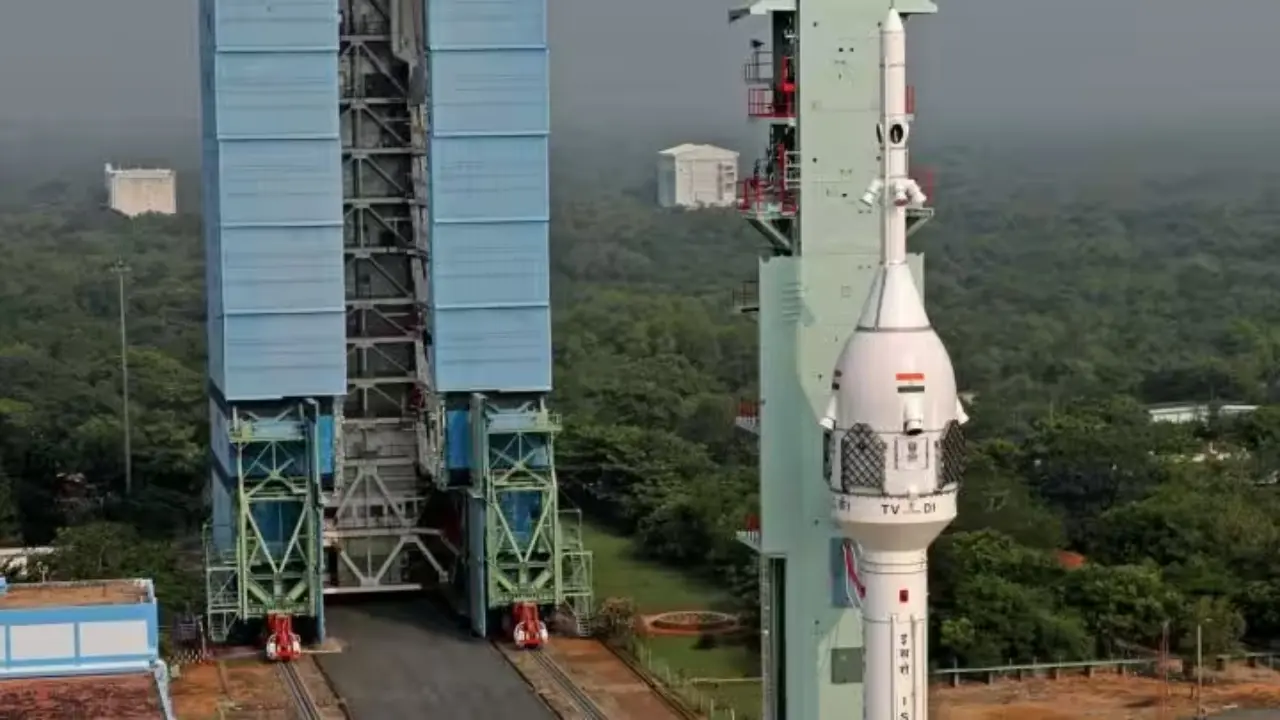TV-D1 Test Flight
India’s mission to launch astronauts into space, known as “Gaganyaan,” has reached a critical milestone with the successful test flight of Abort Mission-1 (TV-D1). Dr. Jitendra Singh, the Union Minister of State (Independent Charge) for Science & Technology, Personnel, Public Grievances, Pensions, Atomic Energy, and Space, expressed his satisfaction as the test flight went precisely as planned. In this article, we will delve into the key details of this achievement and explore what it means for India’s space program.
Full form of TV-D1
The full form of “TV-D1” is not widely recognized or documented, and it appears to be an abbreviation or term with limited public knowledge or official definition as of my last knowledge update in September 2021. Please provide additional context or details if you have specific information regarding the meaning or significance of “TV-D1.”
Evaluating the Crew Escape System
The recent test flight focused on assessing the performance of the Crew Escape System installed in the Crew Module (CM) of the Gaganyaan mission. To put it simply, this system is designed to ensure the safety of astronauts in case of an emergency or mission cancellation. In other words, it provides a way for the astronauts to exit the spacecraft safely if anything were to go wrong during the mission. This is an essential aspect of any space mission, as it prioritizes the well-being of the crew.
Preparation for Upcoming Missions: TV-D1 Test
The successful test flight was conducted just under two months after India’s Chandrayaan-3 mission made a triumphant landing on the Moon. Dr. Jitendra Singh highlighted that this achievement sets the stage for a series of tests and procedures. These tests are crucial to ensure that everything is in place for the launch of Indian astronauts into space. The ultimate goal is to have an Indian astronaut in space, possibly by the year 2025.
Opening Up the Space Sector
Prime Minister Narendra Modi played a significant role in removing regulations and constraints that had been limiting India’s space sector. This move has fostered increased collaboration between ISRO and various private and industry participants. Not only has it boosted the enthusiasm of those involved in space projects, but it has also led to substantial growth in terms of knowledge and finances. In just a few years, the number of successful space startups has grown from fewer than five to over 150.
The Paramount Role of Safety
Dr. Jitendra Singh reiterated the paramount importance of human safety in the “Gaganyaan” mission. The Crew Module (CM) serves as the living space for the astronauts and is designed to replicate an Earth-like environment in space. The Service Module (SM) provides the necessary support to the CM while in orbit, ensuring that the astronauts have the resources and support they need to carry out their mission.
A Visionary Approach
Under the guidance of Prime Minister Modi, India’s space program is reaching for new horizons. The nation aims to launch its first manned space mission and subsequently land the first Indian astronaut on the Moon. These ambitions align with Modi’s vision of establishing the ‘Bharatiya Antariksha Station’ (Indian Space Station) by 2035 and sending the first Indian to the Moon by 2040. This visionary approach demonstrates India’s remarkable progress in space exploration, which has been significantly encouraged by the Prime Minister.
Conclusion: TV-D1 Test
India’s recent success in the test flight of Abort Mission-1 (TV-D1) is a crucial step toward the “Gaganyaan” mission. This achievement underscores India’s determination to join the ranks of spacefaring nations and explore new frontiers. With a strong emphasis on safety and unwavering support from Prime Minister Modi, India is well on its way to achieving its space exploration goals and leaving a remarkable mark in the cosmos.
- SSC CHSL Previous Year Question Papers with Solutions, Download Free PDFs
- SSC GD Previous Year Question Papers & Solutions, Download Free PDFs
- SSC CGL 2025 Tier 1 Question Papers, Shift-Wise PYPs, Download PDFs
- ASO Salary Reality: Why do many SSC CGL officers feel disappointed after joining?
- Eleven Minutes That Felt Like an Hour: A First-Time IBPS PO Interview Experience

Priti Palit, is an accomplished edtech writer with 4+ years of experience in Regulatory Exams and other multiple government exams. With a passion for education and a keen eye for detail, she has contributed significantly to the field of online learning. Priti’s expertise and dedication continue to empower aspiring individuals in their pursuit of success in government examinations.
